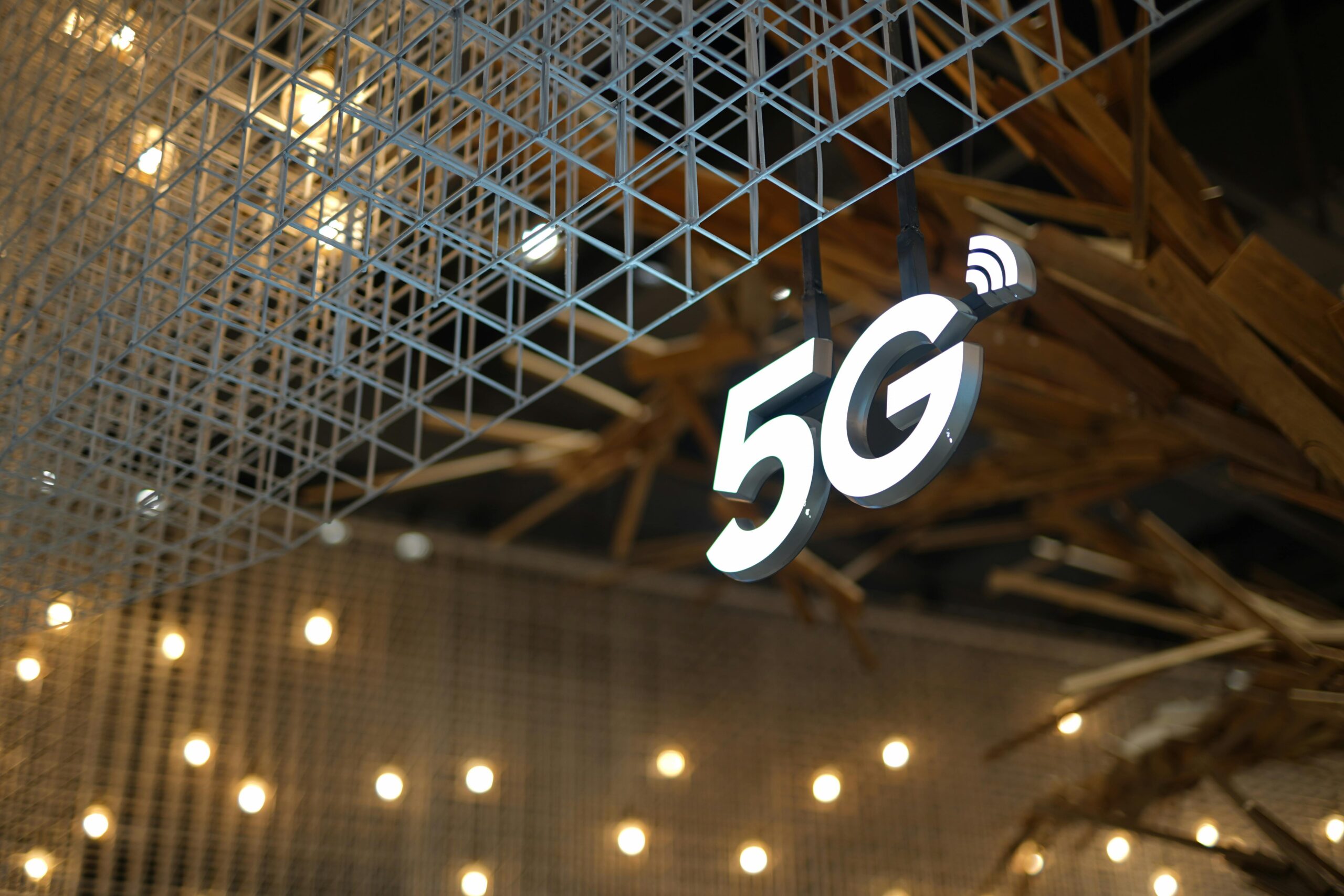Whats Creative Technology 99 Complete Easy Guide: Exploring the Depths of Creative Technology
In the ever-evolving landscape of technology, a term gaining prominence is “Creative Technology.” This dynamic and multifaceted concept goes beyond traditional notions of technology, intertwining creativity and innovation to reshape the way we interact with the world. In this comprehensive exploration, we delve into the depths of Creative Technology, unraveling its definition, components, and the transformative impact it has on various industries.
Creative Technology is a fusion of creativity and technology, breaking down the silos that traditionally separated these two domains. It encompasses the use of technology to enhance and amplify human creativity, resulting in innovative solutions, products, and experiences. This interdisciplinary approach brings together artists, designers, engineers, and technologists to collaborate and push the boundaries of what is possible.

Table of Contents
Defining Creative Technology
Creative Technology is a dynamic and interdisciplinary field that merges elements of creativity and technology to foster innovation, enhance human expression, and reshape the way individuals interact with their surroundings. At its core, Creative Technology seeks to bridge the traditional gap between the arts and sciences, forging a symbiotic relationship between creative thinking and technological advancements. This fusion results in the development of novel solutions, products, and experiences that transcend the conventional boundaries of either discipline.
The essence of Creative Technology lies in its commitment to harnessing technological tools, processes, and methodologies as instruments for creative exploration and expression. This approach encourages collaboration between individuals from diverse backgrounds, such as artists, designers, engineers, and technologists, fostering a cross-pollination of ideas that goes beyond the confines of any singular field.
Key Components of Creative Technology
Interactivity and Immersion:
At the heart of Creative Technology lies interactivity and immersion. This involves creating experiences that actively engage users, whether through interactive installations, virtual reality (VR), augmented reality (AR), or mixed reality (MR). By immersing users in a dynamic and responsive environment, Creative Technology transforms passive consumers into active participants.
Generative Design:
Creative Technology leverages generative design algorithms to explore a myriad of possibilities and generate innovative solutions. This approach is particularly prevalent in fields such as architecture, where algorithms can optimize designs based on various parameters, leading to structures that are not only functional but also aesthetically compelling.
Data-driven Creativity:
The abundance of data in today’s digital age is harnessed by Creative Technology to inform and inspire creative processes. From personalized marketing strategies to dynamic content creation, data-driven creativity leverages insights to tailor experiences and solutions to individual preferences and behaviors.
Creative Coding and Programming:
Programming is not limited to logical problem-solving; it has become a tool for artists and creatives to express themselves. Creative coding involves the use of programming languages to create interactive art, visualizations, and multimedia experiences. This intersection of coding and creativity has given rise to a vibrant community of artist-programmers.
Creative Technology embraces the use of coding and programming languages as tools for artistic expression. Creative coding involves the development of interactive and visually compelling software, often resulting in multimedia installations, digital art, and interactive experiences. This intersection of coding and creativity has given rise to a community of artist-programmers pushing the boundaries of what is possible with code.
The applications of Creative Technology span a wide array of industries, including entertainment and media, education, healthcare, design, and advertising. Its impact is particularly evident in the transformation of traditional approaches and the emergence of innovative solutions that leverage technology to enhance creativity and human experience.
As Creative Technology continues to evolve, it faces challenges related to ethics, accessibility, and the responsible integration of artificial intelligence. The field’s future holds promises of advancements in extended reality (XR), further democratization of creative tools, and a continued exploration of the symbiotic relationship between human creativity and technological innovation.
Applications Across Industries
Entertainment and Media:
Creative Technology has revolutionized the entertainment and media industry, offering new ways to tell stories and engage audiences. From interactive films and virtual concerts to immersive gaming experiences, technology enhances the creative vision of storytellers, providing audiences with unprecedented levels of engagement.
Education and Learning:
In the realm of education, Creative Technology plays a pivotal role in transforming traditional learning approaches. Virtual classrooms, augmented reality textbooks, and interactive educational apps offer students immersive and engaging learning experiences. This approach not only captures attention but also enhances comprehension and retention.
Healthcare and Wellness:
Creative Technology is making significant strides in healthcare, from virtual reality therapy for mental health to the use of augmented reality in surgical procedures. These innovations not only improve patient outcomes but also enhance the overall quality of care by providing healthcare professionals with advanced tools and resources.
Design and Architecture:
Architects and designers are embracing Creative Technology to push the boundaries of creativity and functionality. Generative design algorithms help create structures optimized for environmental conditions, while virtual reality enables architects to immerse themselves and clients in virtual prototypes of buildings before they are constructed.
Advertising and Marketing:
Creative Technology has transformed the advertising and marketing landscape by enabling personalized and interactive campaigns. Augmented reality try-on experiences, interactive social media ads, and AI-powered content recommendations are just a few examples of how technology is used to create compelling and tailored marketing strategies.
Challenges and Future Trends
Ethical Considerations:
As Creative Technology continues to evolve, ethical considerations become paramount. Issues related to data privacy, algorithmic bias, and the potential misuse of immersive technologies raise important questions that demand thoughtful and responsible solutions.
Accessibility:
The democratization of Creative Technology is essential to ensure that its benefits reach a wide and diverse audience. Efforts to make creative tools more accessible and inclusive are crucial for fostering innovation across different communities and demographics.
Integration of AI:
The integration of artificial intelligence (AI) with Creative Technology is a promising frontier. AI-powered creative tools can assist artists and designers in generating ideas, automating repetitive tasks, and even collaborating in the creative process. Striking the right balance between human creativity and AI assistance is key to unlocking new possibilities.
Advancements in Extended Reality (XR):
Extended Reality, which includes virtual reality (VR), augmented reality (AR), and mixed reality (MR), is expected to see significant advancements. As hardware becomes more sophisticated and affordable, the integration of XR into various aspects of daily life will likely become more prevalent.
Lets Navigate the Pros and Cons of Creative Technology
Creative Technology, the amalgamation of creativity and technology, has emerged as a transformative force in our rapidly evolving digital landscape. This dynamic field promises innovation, enhanced user experiences, and novel solutions across various industries. However, like any technological paradigm, Creative Technology comes with its own set of advantages and challenges. In this comprehensive exploration, we delve into the pros and cons of Creative Technology, shedding light on the opportunities it presents and the considerations that must be addressed.
Pros of Creative Technology
Innovation and Creativity Amplification:
At the core of Creative Technology is the ability to amplify human creativity. By leveraging technology as a creative tool, individuals across disciplines, from artists to engineers, can push the boundaries of what is possible. Creative Technology empowers creators to explore new ideas, experiment with novel approaches, and bring innovative concepts to life.
Enhanced User Experiences:
One of the primary benefits of Creative Technology is its capacity to deliver immersive and engaging user experiences. Through interactive installations, virtual reality (VR), augmented reality (AR), and other technologies, users can actively participate in and shape their experiences. This heightened level of engagement has profound implications for entertainment, education, and various forms of media.
Cross-disciplinary Collaboration:
Creative Technology fosters collaboration between individuals with diverse backgrounds, including artists, designers, engineers, and technologists. This interdisciplinary approach results in a synthesis of ideas and skills, leading to the creation of innovative solutions that draw on the strengths of multiple disciplines. This collaborative spirit is essential for tackling complex challenges and driving holistic innovation.
Data-driven Decision Making:
The integration of data into creative processes is a powerful aspect of Creative Technology. By analyzing user data and behavior, creators can tailor their products and experiences to meet individual preferences. This data-driven approach not only enhances personalization but also allows for continuous refinement and optimization based on real-time insights.
Generative Design Possibilities:
Creative Technology often involves the use of generative design algorithms. These algorithms explore vast design spaces, generating numerous possibilities based on specified criteria. In fields like architecture and product design, this approach can lead to optimized and innovative solutions that may not have been apparent through traditional design methods.
Accessibility and Democratization:
Creative Technology has the potential to democratize the creative process. Tools and platforms that facilitate creative expression are becoming more accessible, allowing a broader range of individuals to engage in artistic endeavors, design, and innovation. This democratization can lead to a more inclusive and diverse creative landscape.
Cons of Creative Technology
Ethical Concerns:
As Creative Technology becomes more pervasive, ethical considerations come to the forefront. Issues such as data privacy, algorithmic bias, and the ethical use of immersive technologies raise important questions. Striking a balance between innovation and ethical responsibility is crucial to ensure that Creative Technology is deployed in ways that benefit society without causing harm.
Digital Divide and Accessibility Challenges:
While Creative Technology has the potential to democratize creativity, a digital divide exists, limiting access for some communities. Socioeconomic factors, technological infrastructure disparities, and educational barriers can create inequalities in the adoption and utilization of Creative Technology. Bridging this gap is essential for realizing the full potential of creative tools.
Complex Learning Curve:
The integration of technology into creative processes may pose a challenge for individuals who are not technologically inclined. Learning to use creative coding languages, virtual reality tools, or generative design software can be daunting. This complexity may hinder the adoption of Creative Technology, particularly among those without a technical background.
Overreliance on Technology:
While Creative Technology enhances creativity, there is a risk of overreliance on technology at the expense of human intuition and craftsmanship. The temptation to automate creative processes entirely may lead to a loss of the human touch and unique perspectives that make creative endeavors truly distinctive.
Constant Evolution and Technological Obsolescence:
Creative Technology operates in a landscape of rapid technological evolution. What is the edges of today that may become obsolete tomorrow. This presents challenges for creators and industries to stay updated with the latest tools and trends, requiring continuous learning and adaptation to remain relevant.
Potential for Information Overload:
The abundance of data in a creative process can be overwhelming. Sorting through vast datasets to extract meaningful insights requires sophisticated tools and skills. Without proper management, there is a risk of information overload, hindering rather than facilitating the creative process.
How Does Creative Technology Works.? | The Creative Technology Ecosystem
To understand how creative technology works, it’s essential to grasp the ecosystem that nurtures its development. Creative technologists, artists, designers, engineers, and programmers collaborate to bring innovative ideas to life. This interdisciplinary approach fosters a rich exchange of ideas and skills, pushing the boundaries of what is possible.
Digital Art and Interactive Installations
Digital art represents one of the most accessible and widely recognized forms of creative technology. Artists leverage digital tools and software to create visually stunning works that often transcend the limitations of traditional mediums. Interactive installations take this a step further by engaging the audience directly, blurring the lines between the creator and the observer. Sensors, cameras, and other input devices are employed to enable real-time interaction, creating a dynamic and participatory experience.
Virtual Reality (VR) and Augmented Reality (AR)
Virtual reality and augmented reality have revolutionized the way we perceive and interact with digital content. VR immerses users in entirely virtual environments, often requiring specialized hardware such as VR headsets. On the other hand, AR overlays digital information onto the real world, typically accessed through smartphones or AR glasses. Both technologies rely on a combination of hardware, software, and sensors to create convincing and interactive experiences.
Generative Design and Algorithmic Creativity
Generative design involves using algorithms and computational processes to create designs or artworks. This approach allows for the exploration of vast design spaces that would be impractical for a human to navigate manually. Artists and designers specify high-level parameters, and algorithms generate variations and iterations based on these inputs. This fusion of human intent and machine creativity leads to novel and unexpected outcomes.
Artificial Intelligence in Creative Technology
Artificial intelligence has emerged as a powerful force in the realm of creative technology. Machine learning algorithms, trained on vast datasets, can analyze patterns, generate content, and even mimic artistic styles. AI-driven creativity extends to various domains, including music composition, visual art generation, and even storytelling. The synergy between human creativity and machine intelligence opens new frontiers in artistic expression.
Components of Creative Technology
The components of creative technology are as diverse as the field itself, encompassing hardware, software, and conceptual frameworks. Let’s explore some of the key elements that contribute to the functioning of creative technology.
Hardware Components:
Sensors: Sensors play a crucial role in interactive installations and immersive experiences. They capture data from the physical world, such as motion, touch, and sound, allowing the system to respond in real time.
VR/AR Devices: Specialized hardware like VR headsets, AR glasses, and motion controllers enable users to engage with virtual or augmented environments.
Computing Power: High-performance computing is fundamental for processing complex algorithms and rendering graphics in real time. Graphic processing units (GPUs) are often employed for their parallel processing capabilities.
Input Devices: Keyboards, mice, touchscreens, and other input devices facilitate user interaction, contributing to the interactive nature of many creative technology applications.
Software Components:
Digital Tools: Software applications for digital art creation, 3D modeling, and animation form the backbone of many creative projects. Adobe Creative Suite, Blender, and Unity are examples of widely used tools.
Programming Languages: Depending on the application, programming languages such as Python, JavaScript, or specialized languages like Processing may be used to code interactive features and algorithms.
Game Engines: Game engines like Unity and Unreal Engine are versatile platforms that enable the development of interactive experiences, from games to simulations and virtual environments.
AI Frameworks: For projects involving artificial intelligence, frameworks like TensorFlow and PyTorch provide the tools and infrastructure for implementing machine learning algorithms.
Conceptual Frameworks:
User Experience (UX) Design: UX design principles guide the creation of interfaces and interactions that are intuitive and user-friendly, ensuring a positive and engaging user experience.
Human-Computer Interaction (HCI): HCI principles focus on optimizing the interaction between humans and computers, exploring how users engage with technology and designing interfaces that align with human behavior.
Creative Coding: Creative coding emphasizes the use of programming for artistic expression. Artists and designers write code to create interactive installations, generative art, and other creative works.
Creative Technology in Action
To illustrate the functioning of creative technology, let’s explore a few notable examples across different domains:
The Void – Hyper-Reality Experiences:
The Void is a company that specializes in creating hyper-reality experiences by combining VR technology with physical environments. Visitors wear VR headsets and haptic feedback suits, allowing them to navigate a virtual world while interacting with physical objects. This integration of virtual and tangible elements showcases the potential of creative technology in providing immersive and multisensory experiences.
Google’s Deep Dream:
DeepDream is an AI-driven image generation project developed by Google. Using deep neural networks, the algorithm interprets and enhances images in a surreal and dreamlike manner. This project exemplifies how AI can be harnessed not just for practical applications but also for artistic exploration, pushing the boundaries of visual creativity.
Generative Music with AIVA:
AIVA (Artificial Intelligence Virtual Artist) is an example of AI in the realm of music composition. AIVA uses machine learning algorithms to analyze musical patterns and create original compositions in various styles. This showcases how AI can act as a creative collaborator, assisting musicians and composers in the creative process.
Conclusion
Creative Technology stands at the intersection of imagination and innovation, shaping the future of how we create, interact, and experience the world. Its impact extends across diverse industries, revolutionizing the way we learn, entertain, design, and even receive healthcare. As the field continues to evolve, it brings with it both exciting possibilities and important responsibilities. By embracing the collaborative spirit of Creative Technology, we pave the way for a future where technology amplifies our creativity, making the unimaginable a tangible reality.
Creative technology stands at the intersection of artistry and innovation, offering a canvas for boundless imagination and exploration. By understanding the underlying principles, components, and real-world applications of creative technology, we gain insight into the transformative potential it holds.
As technology continues to advance, the collaborative efforts of artists, designers, engineers, and technologists will shape the future landscape of creative expression. By embracing the interdisciplinary nature of creative technology and addressing challenges with foresight, we can pave the way for a future where the boundaries between the digital and physical worlds blur, ushering in a new era of artistic innovation.
ChatGpt Pros and Cons A 99 Comprehensive Guide
Adobe Creative Cloud A 99 Complete Easy Guide
Gemini Nano AI Revolution 99 Comprehensive Guide
Artificial Intelligence Explained 100 Resourceful
For More Posts Click Here










